From development land, residential land to townhomes whatever you are looking for RPM has the ideal location for you.
From development land, residential land to townhomes whatever you are looking for RPM has the ideal location for you.

Development Land
Specialists in sourcing and selling development land for commercial and residential projects. Explore current and past opportunities.
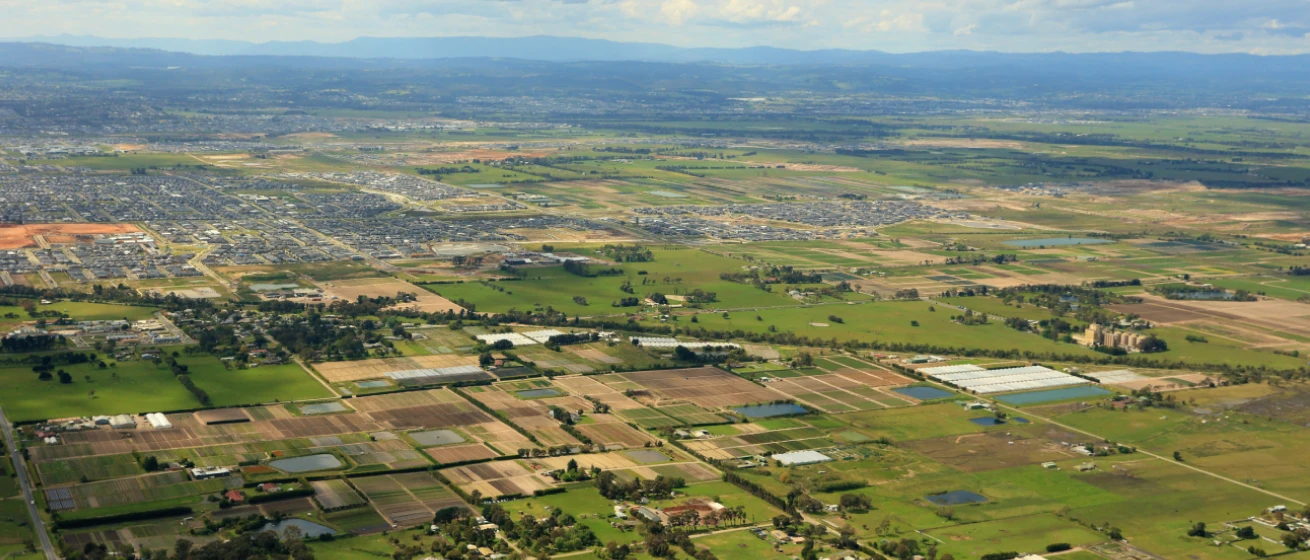
Residential Land
Across Australia’s East coast RPM has the ideal land to suit your lifestyle and dream home, explore the projects RPM is proud to be partners in selling.
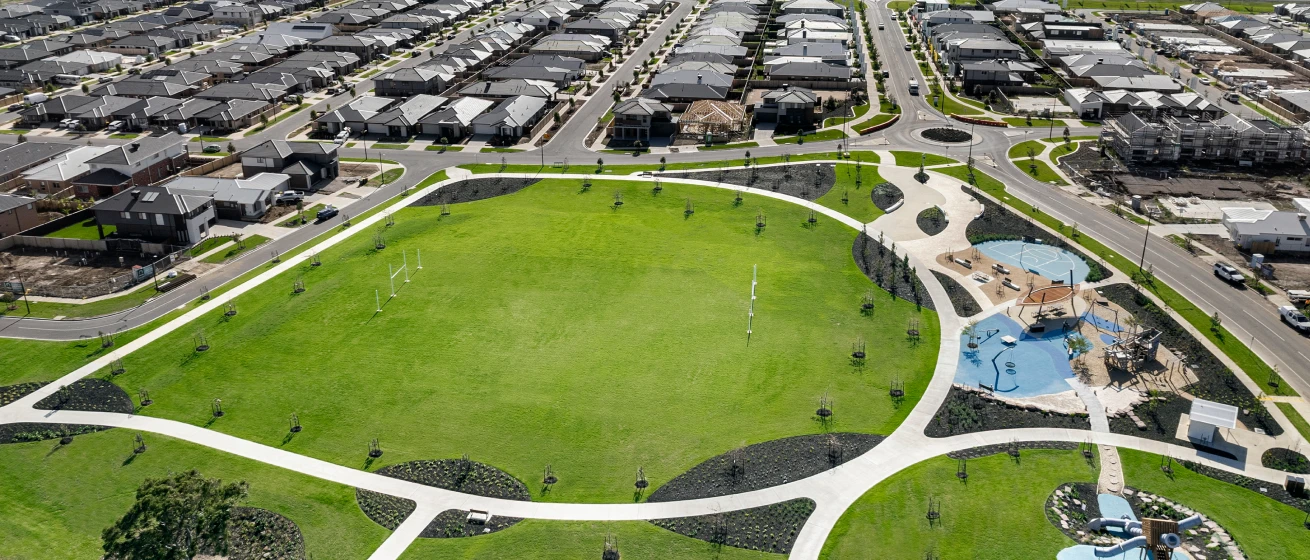
Townhomes
With townhouses to suit every lifestyle and budget, find your perfect home today.
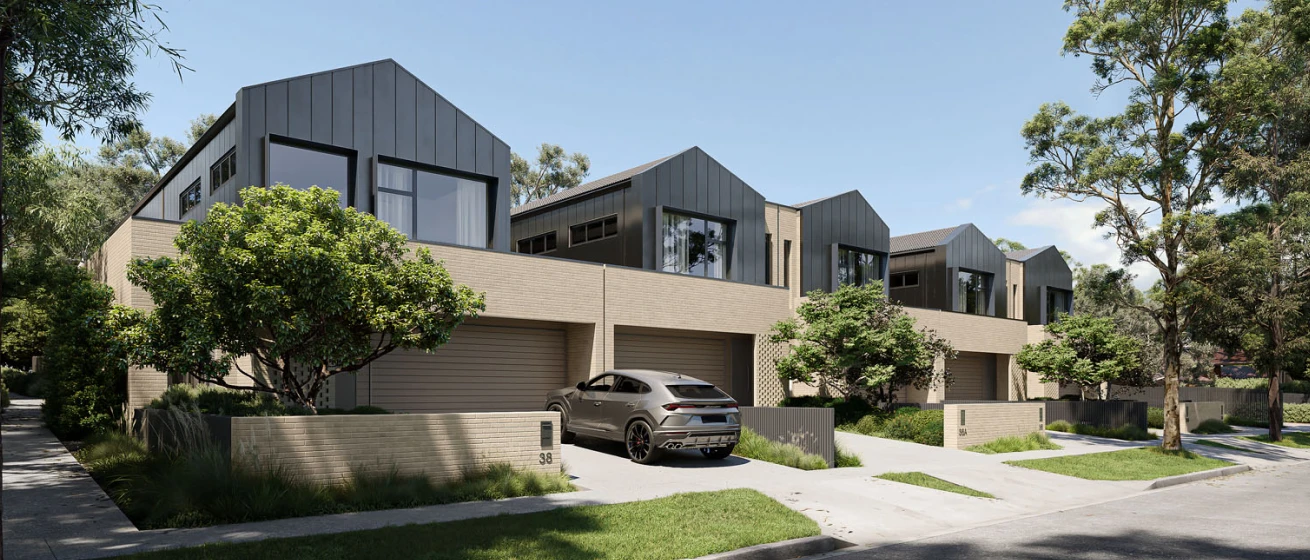
Apartments
Inner city & coastal new apartment projects. Explore our projects to find your perfect location and style of living.
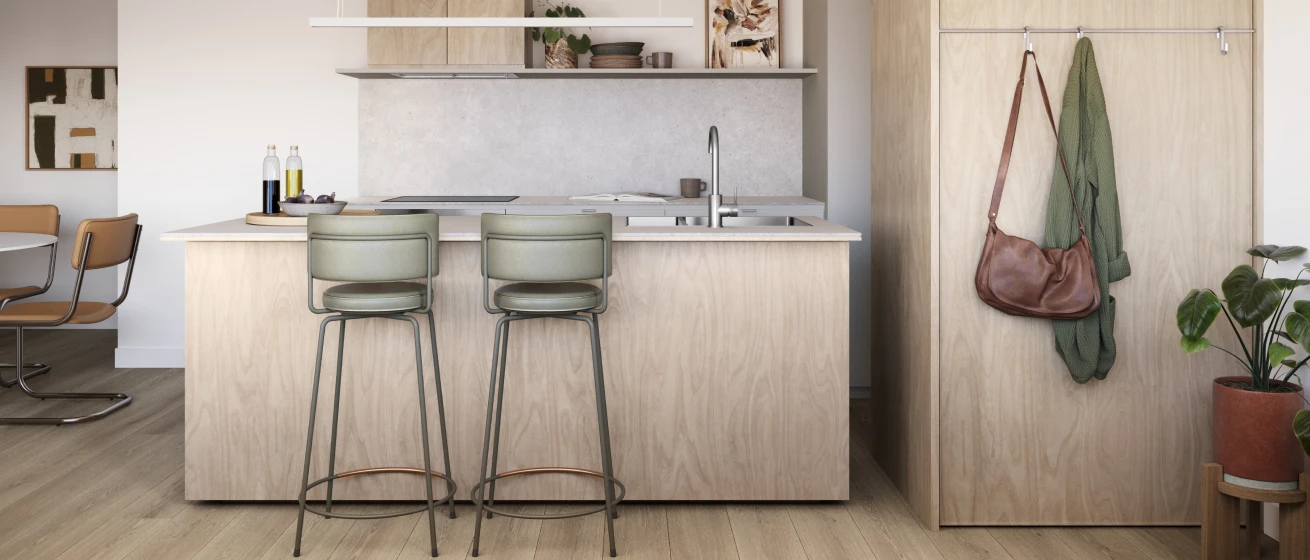
RPM offer a comprehensive suite of professional services at every stage of your property journey.
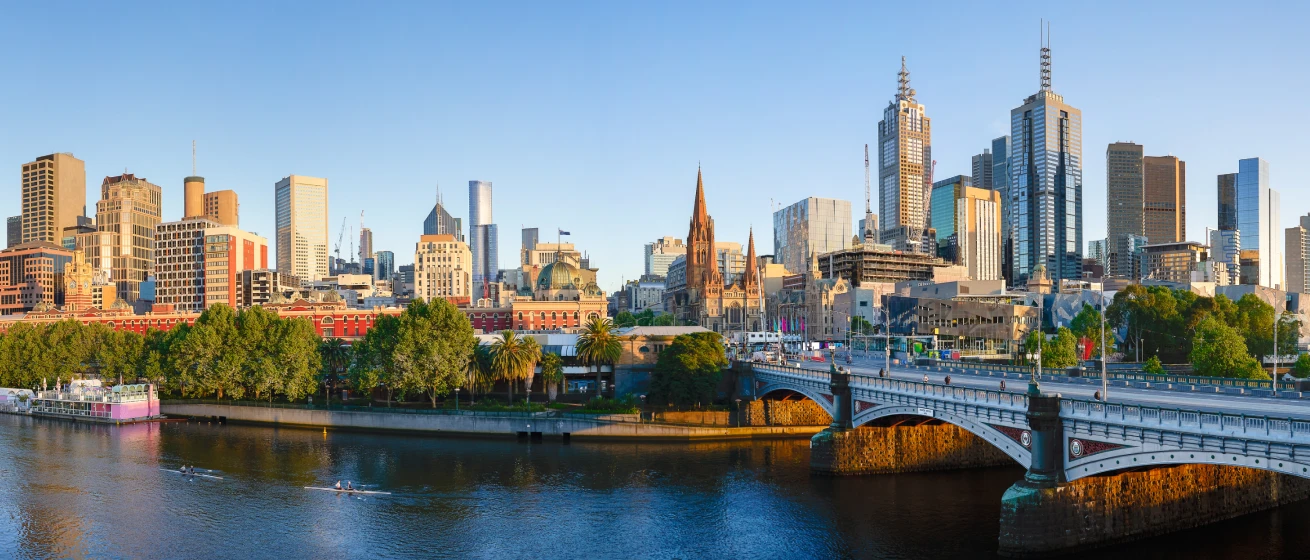
RPM offer a comprehensive suite of professional services at every stage of your property journey.
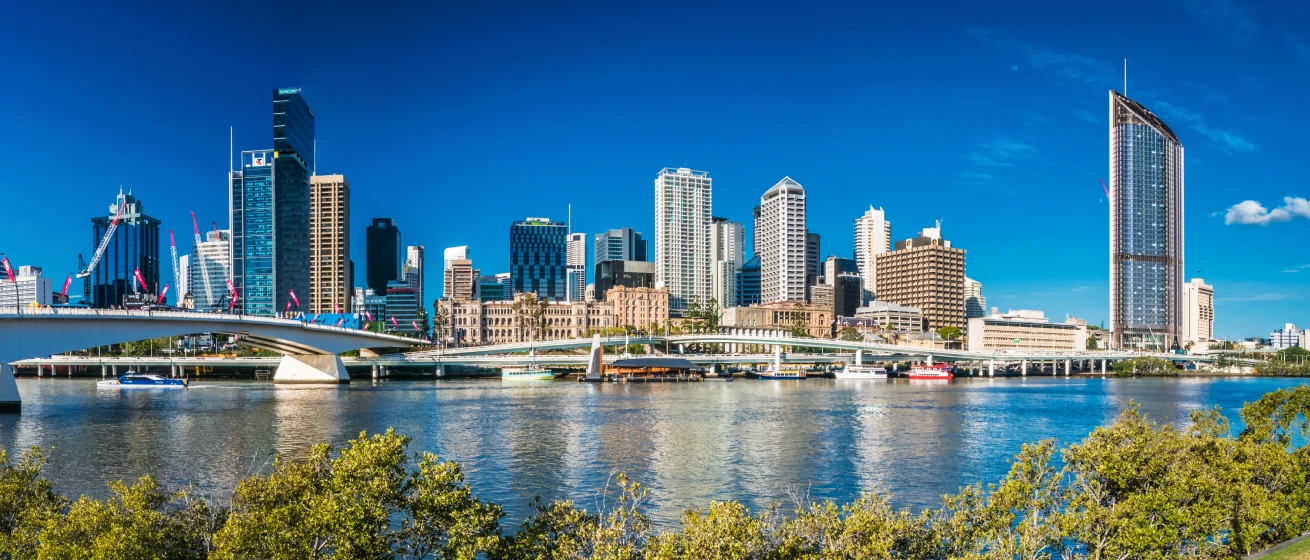
Pioneering new benchmarks in property intelligence, know-how, and data-driven insights, read the RPM Group's story.
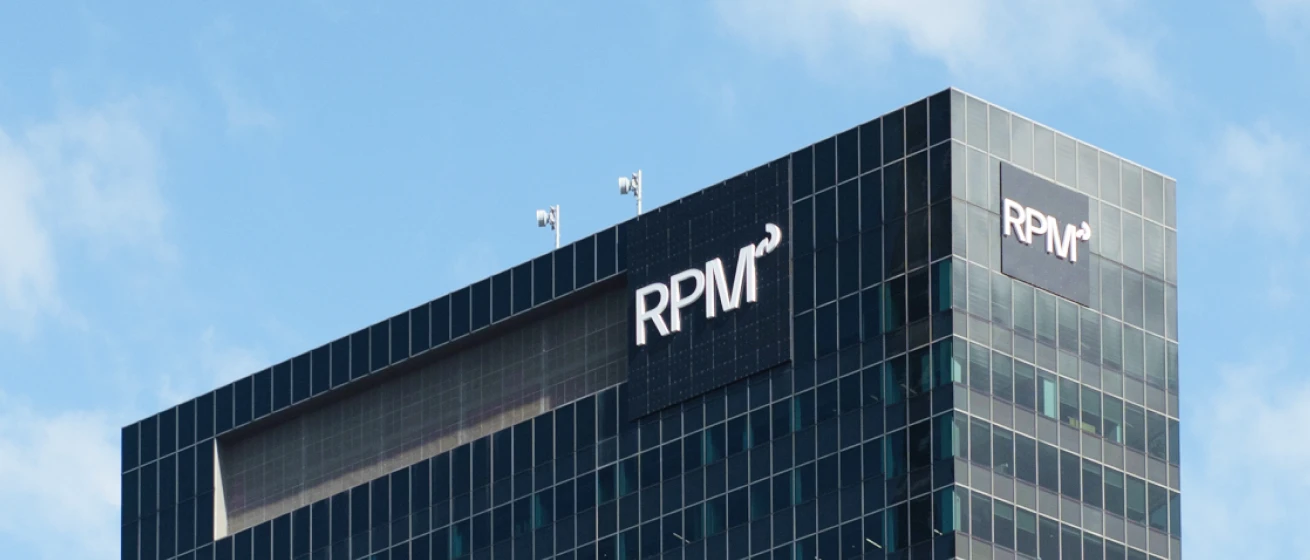
Our Story
Since 1994, RPM has grown to become the industry-leader with an expanding national presence; offering a comprehensive suite of services

Our Team
The heart of our business are the people who make it thrive. Discover the passion and dedication of our national team.

Careers
Our team of property experts is truly unparalleled. See how you can join this exceptional group and shape your future with us.

26.09.2022

With international students returning and the city coming back to life, the supply-demand balance in the rental sector has pivoted, with a competitive landscape pushing up rents, and new stock slowly trickling onto the market following pandemic-driven development pauses and building supply chain challenges.
Subsequently, demand is outgrowing supply and it’s expected to continue as interest rates rise further and heavily indebted investors sell to potential owner occupiers, thereby removing more stock from the market.
The majority of the rental housing market saw median rent growth in Q2 2022, with the exception of inner ring two-bedroom homes which dropped by $20 a week. Inner ring four-bedroom houses performed best with a 13% increase to $990 per week. Year-on-year, most house rents have again grown, but smaller inner-ring homes dropped instead. Middle ring four-bedroom houses recorded the largest proportional rise of 11% or $65, while inner ring four-bedroom homes rose by $90, or 10%.
Median unit rents varied across different categories. Inner ring two-bed units had the greatest growth, rising by 6%, or $25 a week. Conversely, single bedroom units in the outer ring dropped $30. On a rolling annual basis, most unit types have recorded increased median rent, aside from one-bed units in the outer ring of Melbourne which stayed static.
Geelong median rents rose across the board for units and houses on a quarterly and an annual basis. This again highlights the increased demand for rural towns and regional cities generated over the last two years.

Vacancy rates in Melbourne continued falling in Q2 2022, with almost every area recording decreased vacancy rates. This highlights the return of demand for rental properties as international students flood back into the country. With a lack of new supply coming onto the rental market on top of this increased demand, vacancy rates are tipped to continue falling. On top of international migration, CBD offices are re-opening and people are resuming their social lives, making housing closer to the city once again an attractive prospect.
Melbourne’s overall vacancy rate now sits at 4.0%. Vacancy rates for the inner ring saw the largest shift in Q2, dropping by 1.8%, while the middle ring also fell by a significant 1.0%.
Year-on-year, Melbourne’s vacancy rate is 2.1% lower, and 1.1% below the rolling two-year average. While vacancy rates are lower in all areas, the inner ring vacancy rate dropped by 3.2% in just 12 months.
With property prices on the decline and the rental market starting to climb, yields have unsurprisingly increased. As interest rates continue to rise these factors are likely to intensify, so yields are projected to trend upwards for the foreseeable future.
House yields increased across all areas of Melbourne in Q2 2022, with an overall rise of 0.07% to sit at 2.26%. Year-on-year, house yields in the middle and outer rings are higher, but inner ring housing yields are lower. Regional house yields have also grown this quarter, but are sitting 0.14% lower than last year.
Unit yields have also grown across all sectors and areas, with an overall yield of 3.45% sitting 0.16% above last quarter. Inner ring units are outperforming all other areas, with yields rising 0.23% to 3.80%. Yields are up overall across Metropolitan Melbourne year-on-year by 0.23%. Units in Regional Victoria did not perform as strongly, however, falling by 0.29% in Q2 and 0.32% year-on-year.

As Melbourne’s inner city life emerges from its slumber and international students, workers and travellers return to our shores, the rental market looks to become highly competitive and undersupplied, pushing rental prices up.
Melbourne property prices have been on a steady decline this year, and experts forecast continued falls in the back half of 2022. As the lending environment becomes more onerous, less buyers in the market may lead to a mismatch between supply and demand. Although opening the borders will bring more residents requiring housing into the country, the impact on demand is likely to be skewed towards rental accommodation in the short term, as many look to rent before settling into their new environments.
The rental market is expected to see significant movement over the short to medium term with increased competition for rental properties already apparent. With the Department of Home Affairs receiving record high numbers of international students applying for visas in June, there is a mass of renters ripe to enter the market, which is already struggling from a lack of supply. As supply chain issues linger, the construction industry is struggling to keep up with demand, so an influx of new supply is not expected any time soon. Finally, as interest rates rise, the amount of potential buyers who no longer qualify for a mortgage, and the number of investors struggling to service loans, will increase. Both factors place increased demand on the rental market.
As has been the case over the last two years, Regional Victoria remains isolated from Melbourne’s trends, with property prices increasing this quarter. As many have established long-term remote working arrangements, the regional property market continues to benefit. Numerous aspects continue to attract people to regional areas; including less disruptions from ongoing COVID-related issues, and larger blocks offering more value for money. With vacancy rates below 2%, Melbourne’s outer ring also highlights the demand for greenfield and regional living.
This article references our Q2 2022 Residential Market and Economic Update. For the full report, click here.
You can see how this popup was set up in our step-by-step guide: https://wppopupmaker.com/guides/auto-opening-announcement-popups/
